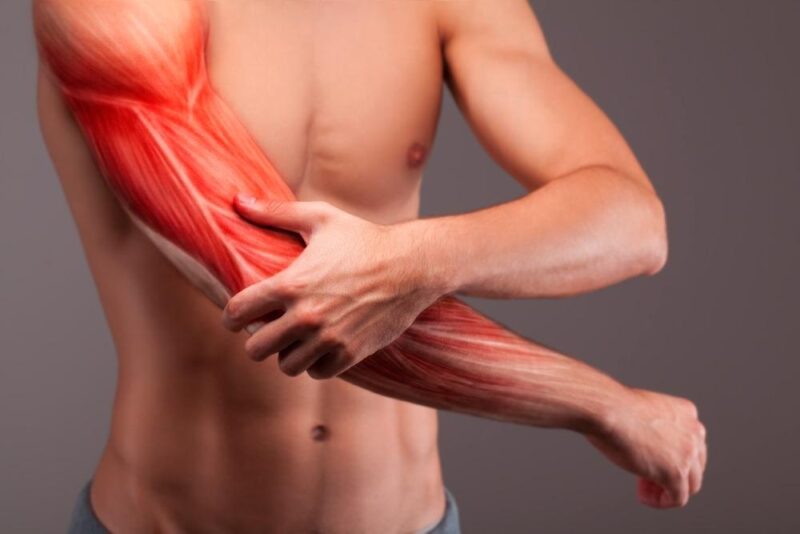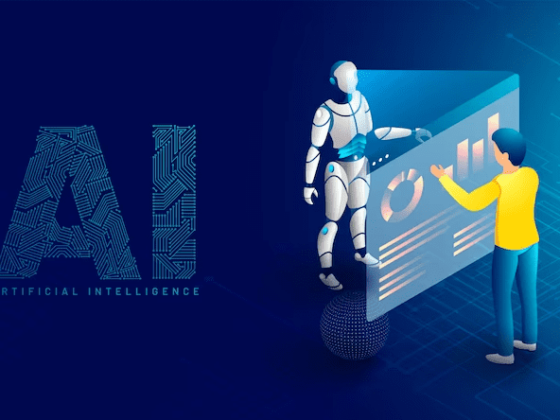In recent years, the landscape of athletic performance and recovery has undergone a profound transformation, driven by the relentless march of technology. Gone are the days when muscle recovery relied solely on ice packs and rest; today, a myriad of innovative tools and techniques is reshaping how we heal and rejuvenate.
From cutting-edge cryotherapy chambers that envelop athletes in frigid air to sophisticated wearables that track biometrics in real time, the array of options available is staggering. This revolution not only enhances physical recovery but also tailors approaches to individual needs, allowing for a more personalized experience.
As we delve deeper into this fascinating intersection of technology and muscle recovery, it becomes clear that the future not only promises faster healing but also a redefinition of what it means to truly recuperate. Whether an elite athlete or a weekend warrior, the impact of these advancements is hard to ignore.
Wearable Technology and Fitness Tracking

Wearable technology has revolutionized the fitness landscape, serving not just as a trendy accessory but as a vital tool for optimizing muscle recovery. These devices, ranging from smartwatches to advanced fitness bands, meticulously track various metrics—heart rate, sleep patterns, and activity levels—offering insights that were once the realm of professional trainers.
Imagine wrapping up an intense workout and receiving instant feedback on your recovery status; it’s now a reality. With features like GPS tracking for outdoor runs or built-in sensors that monitor oxygen levels, wearables empower users to tailor their recovery strategies on an individual basis.
This data-driven approach enables athletes and fitness enthusiasts alike to not only enhance their performance but also to minimize the risk of injury. As technology continues to evolve, the integration of AI and machine learning into these devices promises even more personalized, effective approaches to muscle recovery, ensuring that every workout counts toward our wellness goals.
The Role of Virtual Reality in Recovery

Virtual reality (VR) is revolutionizing muscle recovery by immersing athletes and patients in tailored environments that stimulate both physical and mental healing. Imagine donning a headset and finding yourself in a serene landscape, where guided exercises and biofeedback evolve in real time to suit your needs.
This technology transcends traditional rehabilitation—a simple stretch can now become an engaging gaming experience, where progress is visually rewarded, motivating users to push through discomfort with less hesitation. Furthermore, VR can simulate scenarios that enhance neuromuscular engagement, helping users regain coordination and strength in ways conventional methods simply cant replicate.
The emotional component of recovery is not overlooked; the captivating visuals and immersive soundscapes foster a sense of calm, reducing anxiety and enhancing focus, crucial for healing. By blending physical activity with engaging narratives and interactive challenges, virtual reality is not just a tool but a pivotal partner in the quest for recovery and resilience.
Nutrition and Technology: The Future of Muscle Recovery

As technology weaves itself deeper into the fabric of health and fitness, nutrition is undergoing a revolution that promises to redefine muscle recovery. Imagine personalized nutrient algorithms that analyze your DNA and dietary preferences, tailoring recovery meals that optimize protein synthesis and reduce inflammation.
Wearable devices now track not only muscle strain but also nutritional intake, delivering real-time feedback on how what you eat impacts your performance and recovery. Amidst the rise of functional foods and smart supplements, the landscape is shifting toward a holistic approach where technology not only fuels our workouts but actively assists in repairing and rebuilding muscle.
In this brave new world, the synergy of science and nutrition offers an exciting frontier for athletes and fitness enthusiasts alike, paving the way for a more efficient recovery process that is as individualized as the athletes themselves.
Conclusion
In conclusion, the integration of technology into muscle recovery practices is revolutionizing the way athletes and fitness enthusiasts maintain their physical health. From advanced recovery tools like compression therapy devices and electrostimulation units to innovative applications that track performance and recovery metrics, these developments are empowering individuals to optimize their training regimens effectively.
Moreover, the rise of platforms such as 마사지사이트 is making access to professional massage therapy more convenient, further enhancing recovery experiences. As technology continues to evolve, it holds the promise of even greater improvements in muscle recovery techniques, ensuring that we can all lead healthier and more active lives.


